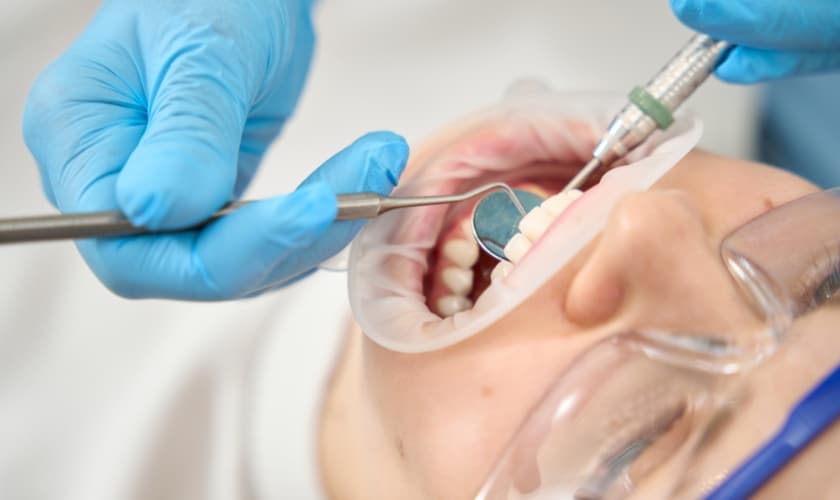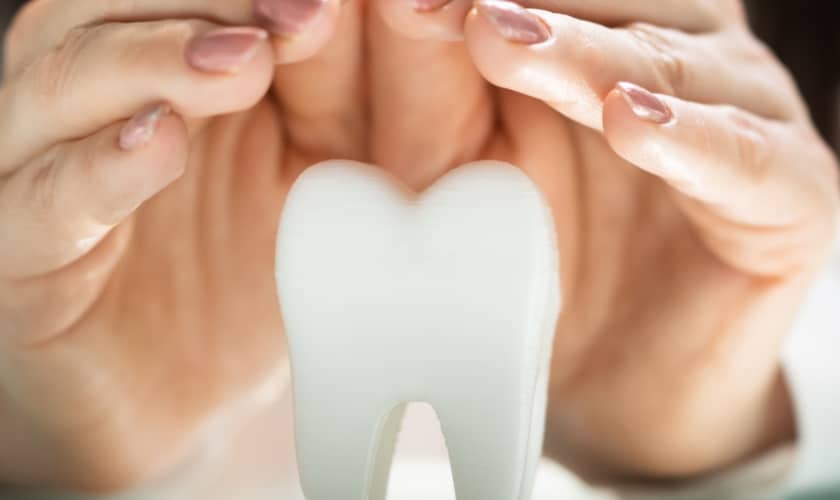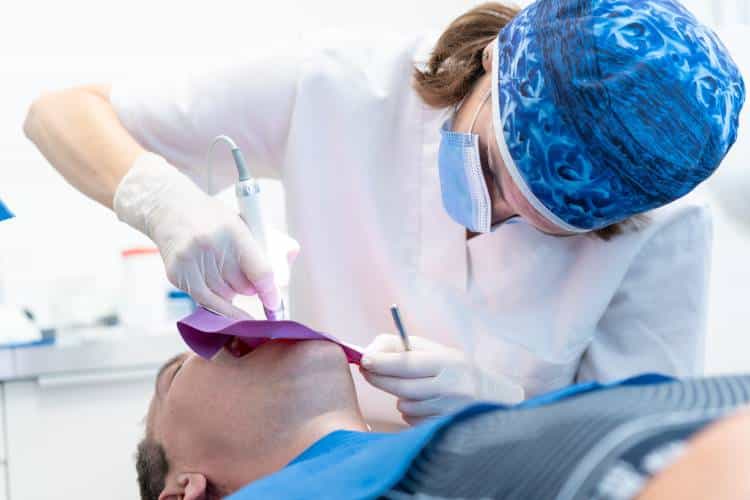Having an overbite is more than just a cosmetic issue; it can cause many related dental problems. An overbite occurs when the upper front teeth overlap the lower teeth, which can lead to jaw pain and speech impediments. Fortunately, treatments are available to address this problem, including braces and Invisalign. Read on to learn how Invisalign works and whether it’s right for you.
What Is An Overbite?
An overbite occurs when the upper front teeth overlap the lower teeth too much, which causes misalignment in your bite. If not treated correctly, an overbite can cause speech impediments, discomfort due to jaw pain, or temporomandibular joint syndrome (TMJ). Invisalign is an orthodontic treatment that can help align the teeth and jaws to improve your bite.
How Does Invisalign Work?
Invisalign is a series of custom-made, clear aligners that are changed out every two weeks as treatment progresses. These removable aligners gently move the teeth into their desired position while reducing pressure on the jaw joint. It works by using 3D computer imaging technology to create a series of aligners that gradually move your teeth into place over time.
Is Invisalign Right For Me?
Whether or not you are a good candidate for this type of orthodontic treatment depends on the severity of your overbite and the size of your jaw. If you have a mild to moderate overbite, Invisalign can be an effective treatment option. However, in cases of severe misalignment or when the patient has a large jawbone, traditional braces may be more successful. It is best to consult an orthodontist who can assess your situation and determine if this treatment is right for you.
Benefits of Invisalign
In addition to treating overbites, several other advantages come with using Invisalign as opposed to traditional braces:
• They are much less noticeable than metal braces
• The aligners can be removed for eating or cleaning
• You don’t have to worry about food getting stuck in the wires
• The aligners are comfortable and don’t cause any pain or irritation
• Treatment times are typically shorter with Invisalign than with traditional braces
The Bottom Line
Invisalign is a great orthodontic treatment option for treating overbites. It is much less noticeable than traditional braces and can provide results in a shorter amount of time. However, it is essential to consult an orthodontist to determine if this treatment is the best option for your specific case.
FAQs
1. Is Invisalign better than traditional braces?
It depends on the severity of your misalignment and the size of your jawbone. Traditional braces may be more successful in severe misalignment or when the patient has a large jawbone. It is best to consult an orthodontist who can assess your situation and determine which treatment option is right for you.
2. How long will treatment take?
The length of treatment depends on the severity of your misalignment and how well you follow your orthodontist’s instructions. Generally, treatment with Invisalign takes about nine to fifteen months, although it could take longer if you fail to wear the aligners as instructed.
3. How much does Invisalign cost?
The cost of Invisalign can vary depending on the severity of your misalignment and other factors such as geographic location and insurance coverage.





